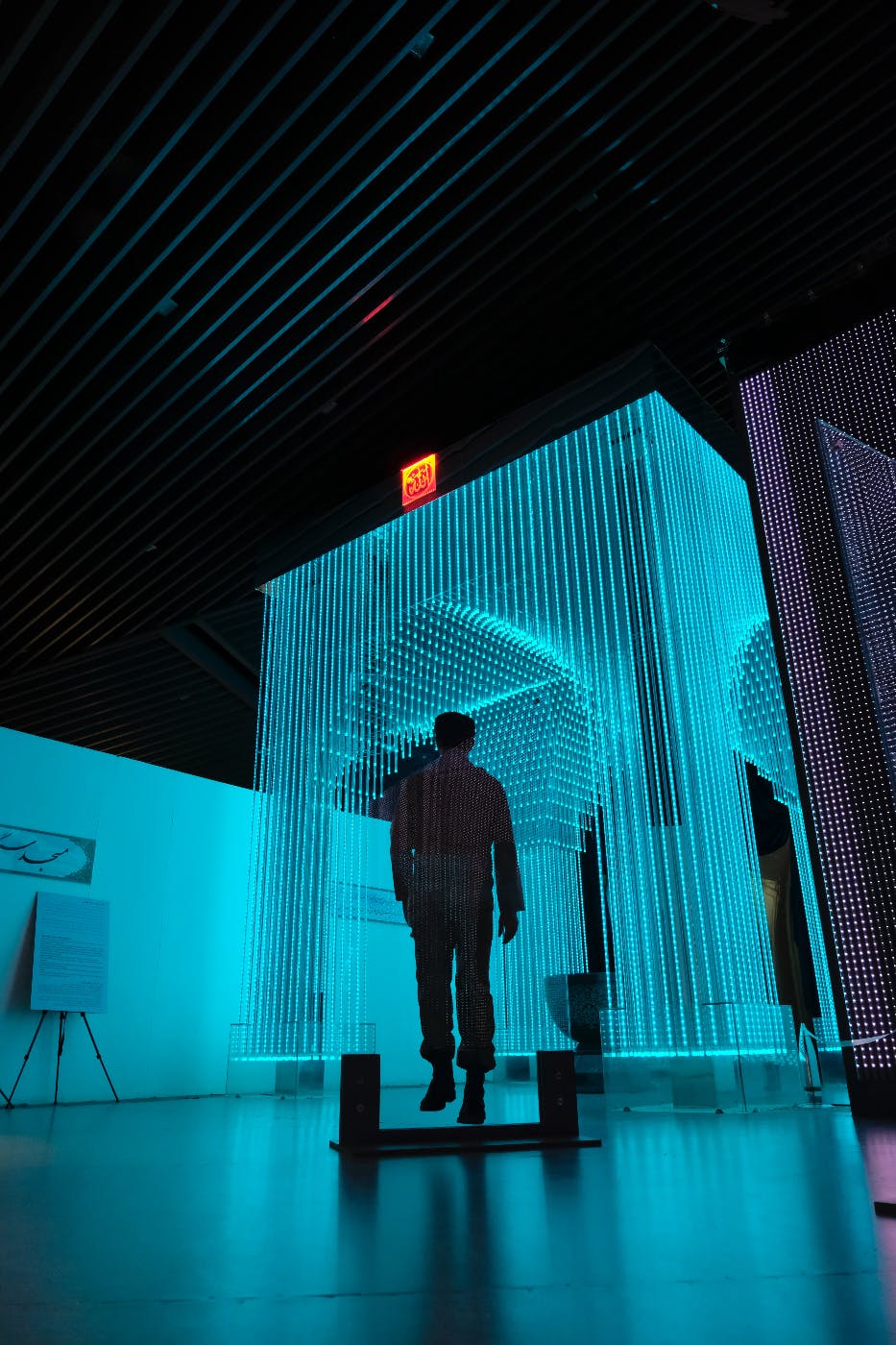
With so many opportunities AI technology provides, most people still need to learn what it can do for us and how we use it already.
Artificial intelligence is on a lot of tongues these days. It’s not new; we’ve had artificial intelligence technology for some time, and we’re just now starting to look beyond what we have into what we could have and what that could do.
For some time, AI technology has moved us forward in critical areas like healthcare, education, and the environment, and in some cases, this technology has performed more efficiently than humans. Particularly in methodical situations, AI technology has shown great value.
AI technology has helped writers and educators, and machine learning, a subset of AI, has allowed scientists to build robots, and self-driving cars, recognize speech and images, and forecast market trends in business.
With so many opportunities AI technology provides, most people still need to learn what it can do for us and how we use it already. On top of that, a large portion of society sees AI as a gateway to destruction and robots taking over the world. While probably not true, the fear is understandable with all the sci-fi films we’ve been fed where robots become sentient and take over “for our own good.”
So if you’re wondering about AI, let’s start with the basics. There are four types of Artificial Intelligence. Here’s what they are and what they can and cannot do.
4 Types of AI
To begin learning in AI falls under three types: narrow, general, and super. These describe the AI’s capabilities as they evolve. Performing narrowly means performing a narrow set of tasks. General means performing with the same ability to think as humans. And super describes the performance beyond any human capability. With those types of learning, we find Arend Hintze, researcher and professor of integrative biology at Michigan State University, has defined four main types of AI.
Reactive Machines
Reactive machines are a type of AI with no memory and are task-specific. Simply stated, with this type of AI input always achieves the same output. Machine learning models are usually reactive machines because they take things like customers' data, which can include purchase history or online search history, and use that information to serve up recommendations for that same customer.
This type of AI is reactive and performs “super” AI because the average human cannot take a customer's entire purchase history, analyze it, and present customized recommendations. Reactive AI is reliable and is good in inventions like self-driving cars. However, this type of AI doesn’t have the ability to predict future outcomes unless it has been fed the proper information.
When you compare this to humans, our actions are not reactive because we don’t have all the information needed to react upon; however, unlike this type of AI, we do have the ability to remember and learn.
Deep blue
In the late 1990s, IBM’s chess-playing AI, Deep Blue, beat chess grandmaster Gary Kasparov. This is the best example of reactive AI. Deep Blue could identify its own and its opponent’s pieces on the board and make predictions. However, it did not have the memory capabilities to recall past mistakes and use them for future predictions. It could only make predictions on what moves could be next for both players and then select the best move.
Limited Memory

This type of AI imitates the way our brains’ neurons work together, which means it gets smarter the more data is given to it to train on.
Limited memory AI differs from reactive AI in that it can look into the past and monitor specific objects or situations over time. The observations it makes can then be programmed into the AI so that it can perform actions based on the past and present moment data.
With limited memory AI, the data isn't saved in the AI’s memory as data to be learned from. In other words, humans can derive meaning from their successes and failure, but limited memory AI cannot. It will improve over time depending on the data that it’s trained on.
No driver
One of the best examples of limited-memory AI is the self-driving car. Self-driving cars see AI observe other cars on the road, their speed, proximity, and direction. This information is programmed as the car’s representation o the world, which includes knowing traffic lights, signs, curves, and bumps in the road. This data helps the AI decide when to turn, avoid other cars, and not drive up on sidewalks.
Theory of mind
Reactive machines and limited memory are two types of AI that currently exist and are employed. Now we’re moving into what is coming up in the world of AI.
Yet undeveloped theory of mind AI could understand the world and how other entities have thoughts and emotions. This understanding will affect how the AI interacts and behaves in relation to others around them.
Humans, for the most part, understand thoughts and emotions and how those make us feel about ourselves and others. This is the basis for human interactions. In the future, theory of mind AI could understand intentions and predict behavior. It could simulate human relationships.
As this technology is very nascent, there are no real-world examples to give here.
Self-awareness

In the world of AI evolution, this is the grand finale, the big ticket item, the AI dream come true. In this situation, an AI system with a sense of self and a conscious understanding of its own existence would be designed. This type of AI does not exist.
Self-aware AI goes beyond theory of mind AI which understands emotions and moves into the realm of the AI being aware of itself, its state of being, and being able to sense or predict other’s feelings. This type of AI would move from “I’m hungry” to “I know I’m hungry” to “I want to eat a bucket of chicken because it’s my favorite food.” Self-aware AI would make choices, have likes and dislikes, and consider others’ emotional states.
We are pretty far from developing this type of AI. But it’s not the technology that is keeping us behind, but rather the fact that we still have so much to learn about the human brain’s intelligence, how the brain works, and understand memory, learning, and decision-making. Before we can create a fully thriving self-aware AI, we need to understand our own brains considerably more.
Moving forward
So far, the science fiction nightmares have not come true, and AI has helped us do things better and faster. AI is helping to advance technology to levels we thought were not possible.
Before you start marching against the rise of robots, understand that AI has been with us for a while and has done well for society. But, as far as the singularity, defined as a future period during which the pace of technological change will be so rapid, its impact so deep, that human life will be irreversibly transformed. We’re not there yet. And no matter the fear, machines will always need people, and the chances that a machine will understand empathy or be able to replicate it is slim.
For now, enjoy the fruits of the scientific labor that has brought us this far with AI, and be aware of the uses of AI in your work and daily life. New technology can be a little intimidating when it first appears, but once we understand what it can do for us, that fear gives way to wonder and a world of potential.

